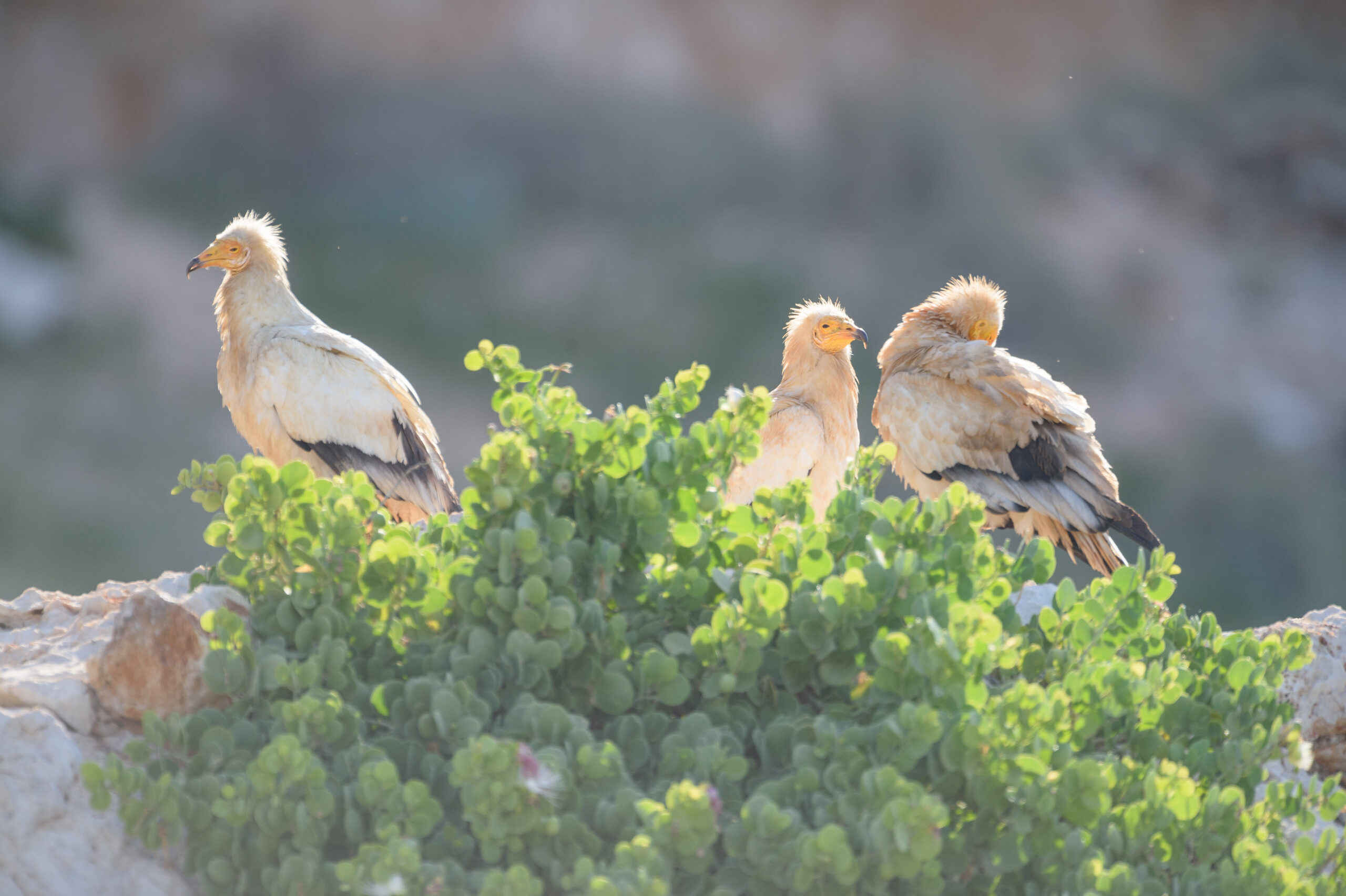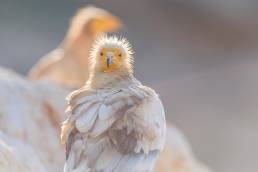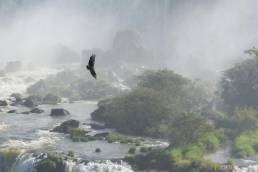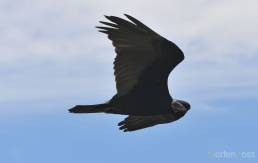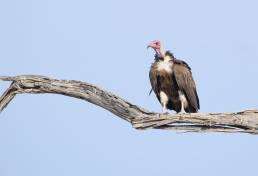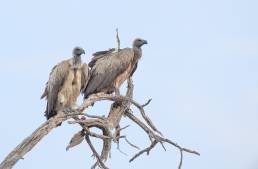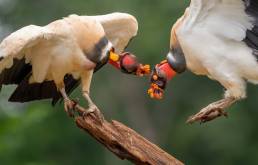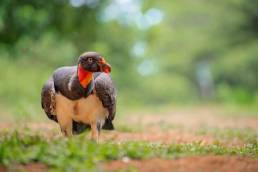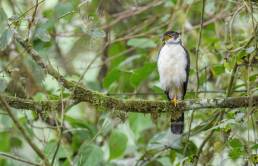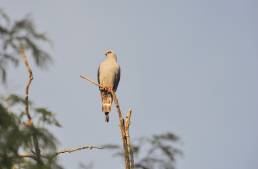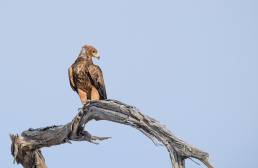These Egyptian vultures are sitting on the roof of a traditional Socotri beach hut used by fishermen on the beautiful Shuab beach of west Socotra. A structure that seems to have been there for a thousand years or more, and very hard to distinguish from the surroundings unless you know it’s there.
Inside I had my meals during my stay at this wonderful beach. After each meal there were leftovers, and this is of course something these vultures know. Where there’s a human there’s food – eventually.
Although this species seems common on Socotra, it is in fact threatened throughout its range due to human chemicals like pesticide, antibiotics and heavy metals like lead. I don’t know the status and health of the Socotri population, but they do bread, and I found several young birds.
Perhaps the worst case of human impact involving vultures is that of the Indian white-rumped vulture which declined by 99.9% due to the veterinary drug called diclofenac, used on livestock. Another similar drug, ketoprofen, is having the same effect – kidney failure in vultures eating the carcass containing these drugs. Without vultures taking care of dead meat, the carcasses will spread diseases into water used by humans, and by touch first or second hand.
In Socotra they are accustomed to humans being friendly and a source of food, and many times I heard the swooshing sound from their wings long before I would see them.
They do not like the ravens though, so I’ve seen some interesting aerial acrobatics between the two species.
It sounds like this:
Last updated on 8 November 2024
